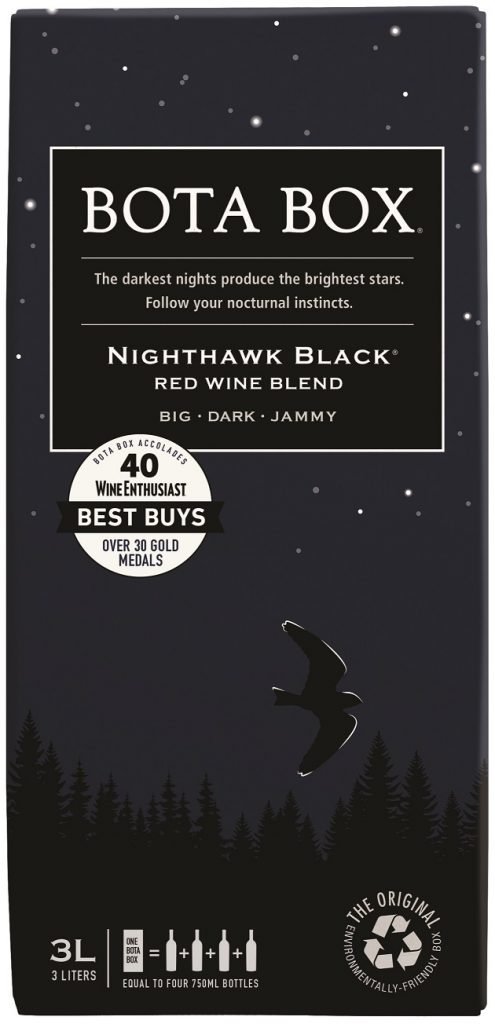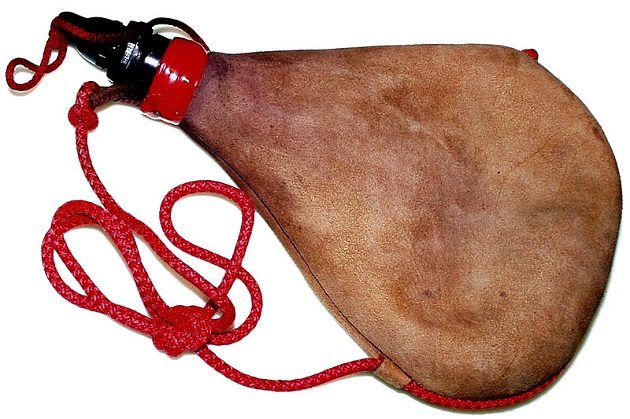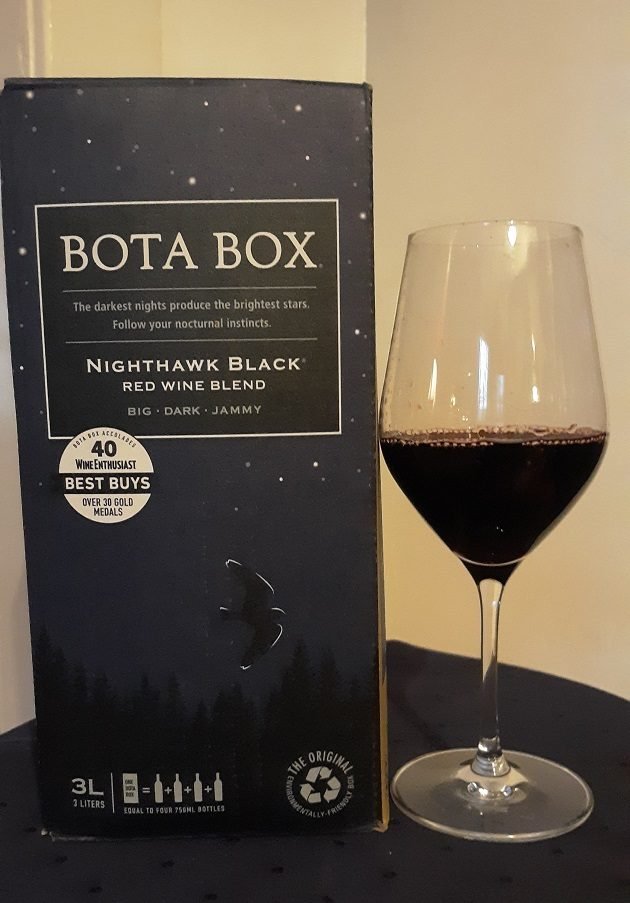
Despite what the name of this column may have led you to believe, I almost never drink and bird. On days I do bird, it’s usually the very first thing I do in the morning – often before the sun is up – at a time of day when coffee is my beverage of choice. There are a few exceptions to this practice, however. I always enjoy cracking open a cool beer for the inbound voyage back to shore at the end of a long pelagic outing, usually in the early evening when the summer sun is still beating down, half the passengers are dozing off, and the chances of anything good turning up diminish with every mile we close in on the docks. And if I had the foresight to pack well the night before, it’ll be a good beer of my own choosing, but this is one of the few situations in which I’m just as happy with a frosty, cooler-chilled macro lager like Budweiser, swigged straight out of the can. The fact that I can do this at sea on a rocking boat and not get seasick is pretty firm evidence of my insides being wrought of cast-iron.
The only other situation in which I customarily drink and bird is during the late summer migration of Common Nighthawks (Chordeiles minor). I’m lucky that these once-common North American nightjars regularly pass over my house in upstate New York twice a year, both during their northbound spring migration and even more so in the fall on their way south. These gape-mouth goatsuckers are regular visitors to my yard every late August, meaning I can sit in my tiny backyard in Albany at dusk with a pair of bins and a glass of something nice to drink and watch them in their crepuscular aerobatics and spectacular insect-hawking sorties. I can’t think of many easier or more pleasant ways to bird.

Members of the family Caprimulgidae don’t rank very high on any list of visually charismatic birds, so I was surprised to finally find one depicted on this week’s wine, the Bota Box Nighthawk Black Red Wine Blend. But there’s a catch: it’s a boxed wine, something we’ve never featured before at Birds and Booze. Don’t go though! – boxed wine has come a long way since its early days. Some of it’s even respectable enough to bring to a formal dinner with friends, though it’s just as nice for late evening nighthawk watches in the privacy of one’s backyard.

Château de cardboard?
I’ve never really given much through to the technology involved in boxed wines before now. To be honest, my first thought was that it must be something NASA developed during the Apollo program – one of those now-everyday modern conveniences perennially cited as a fortuitous byproduct of the Space Race, like Velcro or freeze-dried Neapolitan ice cream. Then I thought better of my boxed wine origin story: astronauts and wine in space don’t really seem to mix.
As it turns out, box wine is an Australian invention, where the bag-in-a-box serving contraption is known as a “goonsack”. It was first devised by Australian winemaker Thomas Angove and patented in 1965, so I wasn’t far off with my Space Age guess. In those early days, you could certainly forgive consumers for dismissing boxed wine as cheap plonk, ungracefully dispensed from a bladder-like vessel in an almost clinical fashion with a push-and-pour spout. Certainly, boxed wine has none of the rarefied cachet of its bottled cousins: there’s no lovingly hand-pasted label, the anticipation in prying a cork from the bottle for the first time since it was sealed at the vineyard, or the aesthetic appeal of the red wine sloshing out from its dark emerald glass enclosure. Here, boxed wines just can’t compete: there’s just not much ceremony or romance in a cardboard box.
But boxed wines do have certain advantages over bottled: the packaging is cheaper, lighter, easier to transport, and – because the spout dispenses with little intake of air – the wine inside is only very slow exposed to outside oxygen and therefore stays fresh much longer than an uncorked bottled wine.
It took some time, but gradually, winemakers came around to the idea that boxed wine’s trashy reputation could be overcome simply by filling those plastic pouches with, well, better wine. And that’s what’s been happening for the last several years. The Manteca, California company Bota Box is just one of many winemakers that have jumped on the boxed wine bandwagon, launching their brand in 2003 and growing ever since. Bota Box takes its name from the bota, a Spanish leather wineskin traditionally lined with a goat bladder and sealed with resin. Undoubtedly to some people the new cardboard container represents a vast improvement over tradition.

A Spanish bota de vino. This modern version probably doesn’t incorporate the traditional goat bladder.
These days, Bota Box boxes a wide range of wine styles, including three products called “Nighthawk”. However, the Nighthawk Black Red Wine Blend featured this week is the only one of these that depicts an actual nighthawk; the other two products have birds on them that look more like owls or hawks. Their Nighthawk Black is a red wine blend that doesn’t identify its constituent varietals but the description on the cardboard box boldly proclaims that the contents within are “BIG DARK JAMMY”. The punchy aroma is by turns figgy and caramelly (think fig Newtons and campfire-toasted marshmallows), with a big dose of tart raspberry jam. There’s a hint of baking spice on the palate (mostly cinnamon), with more ripe berries and cocoa leading to a sweet and ripe finish. Nighthawk Black isn’t an especially complex wine, but it’s a good, easy-drinking red for warm late summer evenings – and probably even better later in the year when the Common Nighthawks have returned to their wintering grounds in South America.

Good birding and happy drinking!
Bota Box: Nighthawk Black Red Wine Blend
![]()
![]()
![]()
![]()
![]()
Three out of five feathers (Good).











Leave a Comment